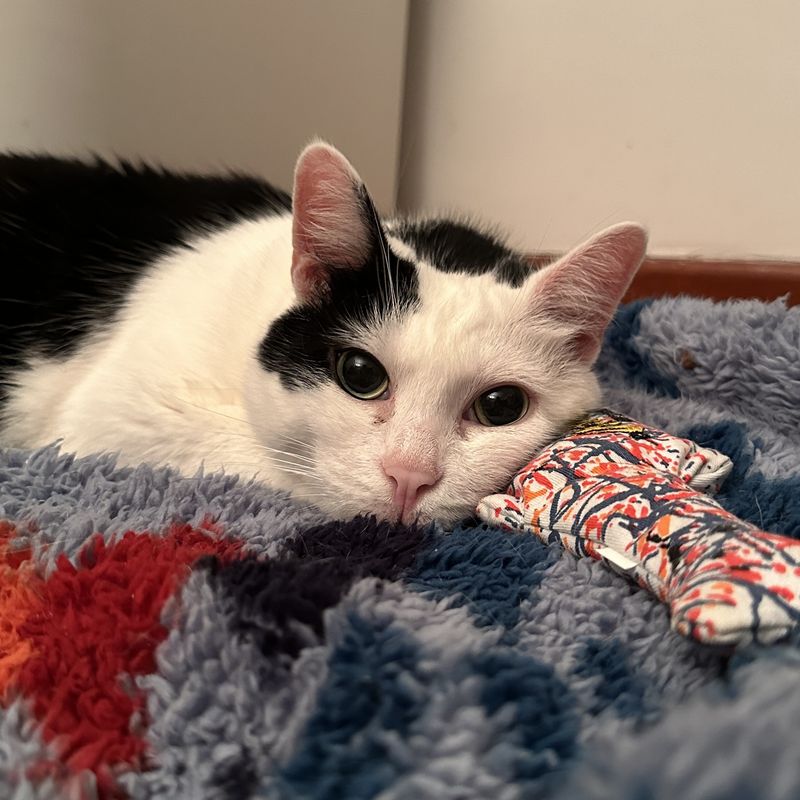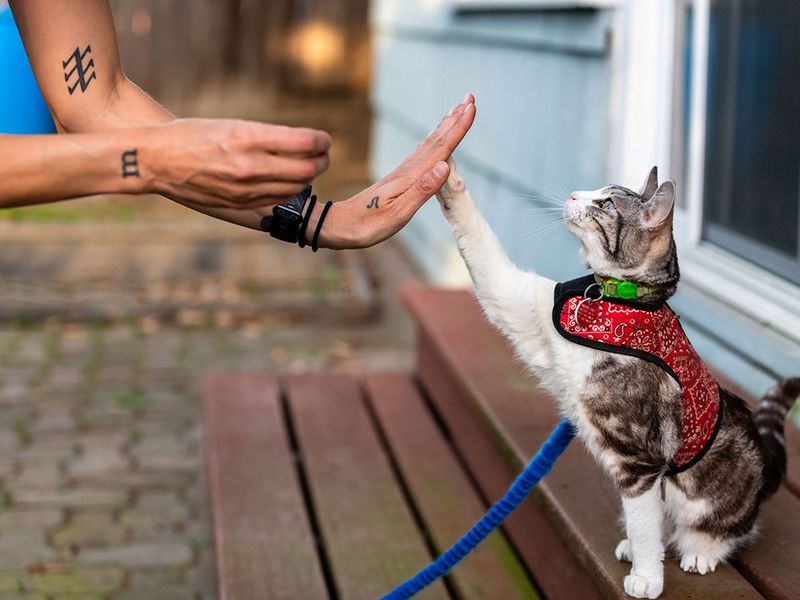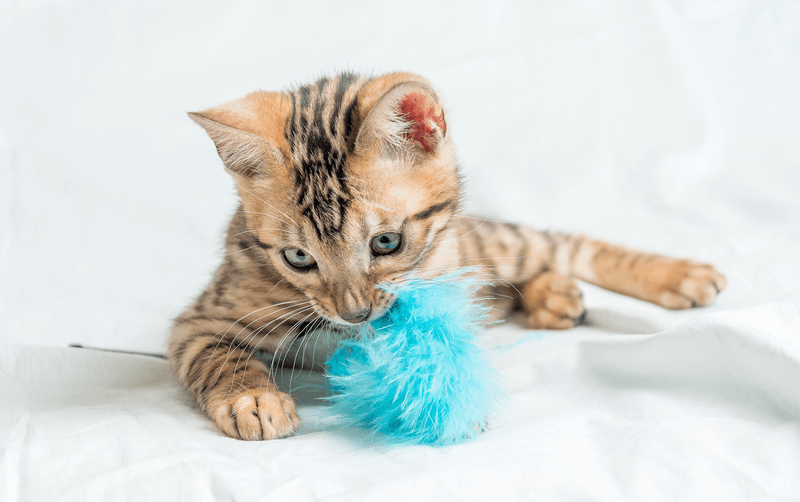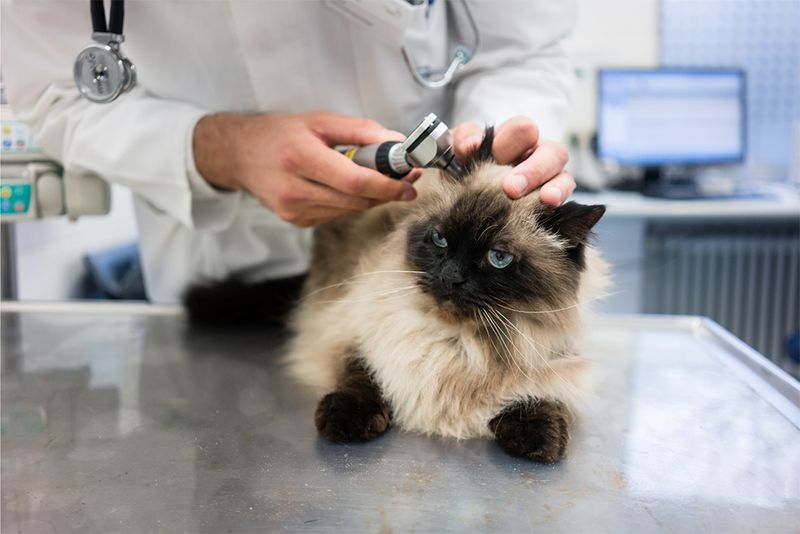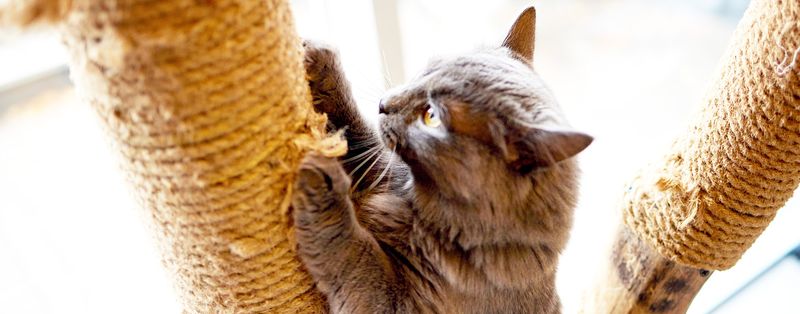📖 Table of Content:
Classical conditioning is a powerful tool that can make cat training more effective and enjoyable. By leveraging this psychological technique, it’s possible to create positive associations that help your cat learn new behaviors. Understanding how it works allows for a more relaxed and confident feline, making the training experience much smoother.
Cats, like all animals, respond to stimuli and can form associations between actions and outcomes. With the right approach, classical conditioning can reduce undesirable behaviors and promote healthier habits. This method is gentle, ensuring that training remains positive for both the cat and owner.
Implementing classical conditioning in cat training opens the door to a stronger, more understanding bond with your pet. Through consistent application of these methods, anxiety can be reduced, and new behaviors can be learned. Embrace this technique to guide your cat toward becoming a well-adjusted and confident companion.
1. Associating Sounds with Meal Times
Imagine your cat coming to you at the mere sound of a bell. By consistently ringing a bell before feeding, your cat learns to associate this sound with mealtime. This method not only builds anticipation but also instills a sense of routine. Over time, your feline friend will start to recognize that delightful chime as a precursor to their favorite meal. With patience and regularity, this will become an effortless way to call them to dinner, showcasing the power of classical conditioning in everyday situations.
2. Teaching Calmness with Relaxing Music
Ever notice how a calming tune can ease your stress? The same can apply to cats. Playing soothing music during their nap time can create a peaceful association. Gradually, your cat will link the melodies with relaxation. This is especially useful in busy households or during stressful events like thunderstorms. The gentle rhythms become a signal for your cat to unwind, transforming their environment into a haven of peace. Through this auditory cue, your cat learns to find calm in familiar sounds.
3. Using Clicker Training for Tricks
Clicker training isn’t just for dogs—it’s a powerful tool for cats too. By pairing the click sound with a treat, your cat learns that a click means a reward. This technique can be used to teach tricks like ‘sit’ or ‘high-five’. The click acts as a precise marker, telling your cat exactly what action earned them a treat. It’s a simple yet effective way to communicate during training sessions. With consistency and rewards, your cat will love learning new tricks, making training sessions fun and productive.
4. Addressing Anxiety with Pheromone Sprays
Cats are sensitive creatures, and new environments or changes can cause anxiety. Pheromone sprays offer a solution by mimicking natural feline scents. Spraying these in areas where your cat spends time helps them associate the scent with safety and comfort. This can be particularly beneficial during travel or when introducing a new pet. Over time, the sprays act as a calming cue, reducing stress and promoting tranquility. By creating these positive emotional associations, your cat will navigate their world more confidently.
5. Building Positive Associations with New Toys
Introducing a new toy can be an exciting event for your cat. By associating playtime with positive experiences, you can encourage exploratory behavior. Start by presenting the toy alongside treats or affection. Your cat will begin to equate this new object with fun and rewards. This approach not only enriches their playtime but also fosters a love for learning. With each new toy, your cat becomes more open to trying new things, strengthening their adventurous spirit and curiosity.
6. Reducing Fear at the Vet with Treats
Vet visits can be daunting for cats, but they don’t have to be. By introducing treats during vet visits, you can create a positive experience. Offer your cat treats as a reward for staying calm or during examinations. This not only distracts them but also builds a positive association with the visit. Over time, your cat will regard the vet as a place of rewards rather than fear. This method can significantly reduce stress and make those essential health checks a smoother experience.
7. Encouraging Use of Scratching Posts
Scratching is natural for cats, but it can be redirected to appropriate areas. Encourage your cat to use scratching posts by pairing them with catnip or treats. This helps them associate the post with pleasure and excitement. Soon, your feline will prefer the post over furniture. It’s a win-win situation, preserving your home while allowing your cat to indulge in their instincts. By reinforcing this behavior with rewards, you establish a harmonious living space where both you and your cat thrive.


